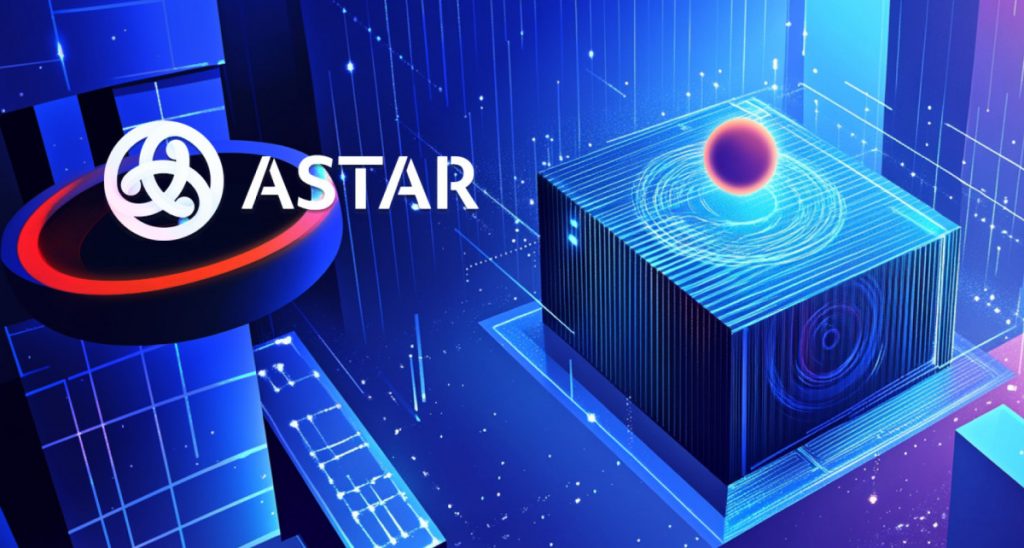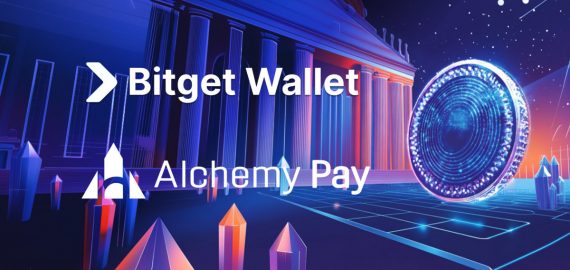Astar Network Integrates Chainlink CCIP, Adopts SuperchainERC20 Standard For ASTR To Enhance Interoperability


In Brief
ASTR token becomes the first token contract integrated with both the Superchain via ERC-7802 and Chainlink CCIP, enabling secure, standardized cross-chain transfers within the OP superchain without wrapped assets or liquidity pools.

Japan-based blockchain platform Astar Network has announced the adoption of the SuperchainERC20 standard for its native token, ASTR. This marks the first instance of a project deploying a fully interoperable ERC-7802 token that integrates Chainlink’s Cross-Chain Interoperability Protocol (CCIP), enabling enhanced compatibility across blockchain networks.
“As part of Astar Evolution, expanding into the Superchain ecosystem marks a pivotal step in our journey. With ASTR now upgraded to a CCIP-SuperchainERC20 token, it’s technically primed for seamless transfers across the Superchain ecosystem once interoperability is enabled and both the origin and destination networks reach Stage 1 status,” said Maarten Henskens, Head of Astar Foundation, in an interview with Mpost. “For users, this unlocks more reliable, secure cross-chain transactions, without the need to bridge or wrap tokens. We’re proud to be the first ones to join the revolutionary and secure cross-chain ecosystem taking shape on Ethereum—and we’re just getting started,” he added.
This advancement enables the ASTR token to transition efficiently between Astar’s Polkadot-based Layer 1, Sony’s Soneium blockchain, and eventually across all Optimism-based Superchain networks, including Base, OP Mainnet, and World Chain. It also serves as one of the initial connections between the Polkadot and Ethereum ecosystems, supporting ASTR’s trajectory toward becoming a multichain asset with broad applicability throughout the Web3 landscape.
The integration specifically addresses persistent issues in cross-chain token movement by introducing a direct burn-and-mint mechanism between chains, removing the dependence on liquidity pools. This approach eliminates the need for wrapped token versions across different platforms, a method that has historically contributed to various security vulnerabilities in bridge infrastructure. The use of a unified standard across Superchain networks adds cross-chain capability without incurring infrastructure costs.
Chainlink’s CCIP underpins this system, offering a secure messaging framework that manages and verifies token transfers between blockchains. When a transfer is initiated, CCIP’s decentralized oracle network confirms the transaction on the source chain and transmits validated information to execute the minting process on the destination chain. This design enhances security by utilizing Chainlink’s decentralized infrastructure, while removing the reliance on centralized bridges or pooled liquidity solutions.
“ASTR has become a true multi-chain asset by leveraging the SuperchainERC20 standard,” said Sota Watanabe, CEO of Startale Group, in a written statement. “This breakthrough implementation eliminates the fragmentation and poor user experience of traditional wrapped tokens, and allows native movement of ASTR between ecosystems instead of relying on liquidity pools or wrapping mechanisms,” he added.
The ASTR token is now capable of cross-chain transfers from Astar Network to Soneium using Chainlink’s CCIP through the Astar Portal, requiring only a single transaction. Once Superchain interoperability within the Optimism ecosystem becomes fully operational, token transfers to any Superchain network are expected to be equally streamlined, with users able to move ASTR across the broader Superchain and CCIP-supported networks through a simplified two-click process.
This integration addresses persistent cross-chain transfer challenges by implementing a direct burn-and-mint mechanism between networks, removing the need for liquidity pools or wrapped tokens—methods that have historically been linked to numerous security vulnerabilities. By adopting a standardized approach across all Superchain networks, the system enables consistent cross-chain functionality without additional infrastructure costs.
Chainlink CCIP facilitates this advancement by supporting secure communication and asset movement across both public and private blockchains. When a user initiates a transfer from Astar Network to Soneium, the protocol verifies the transaction on the source chain and transmits this data securely to execute a native minting process on the destination chain. The process is supported by Chainlink’s decentralized oracle infrastructure, which utilizes multiple Decentralized Oracle Networks to ensure the secure handling of token transfers.
“As Superchain interop rolls out, assets like ASTR will benefit from frictionless movement between chains, with 1-block finality, zero slippage, and a unified security model. This creates an ideal foundation for DeFi growth across Ethereum and the Superchain,” said Zain Bacchus, Staff Product Manager at OP Labs, in a written statement.
SuperchainERC20 Implementation Enables Multi-Chain App Development And Offers Advantages Over Traditional Cross-Chain Bridges
This implementation functions as a model for other blockchain initiatives aiming to achieve effective cross-chain interoperability. It enables developers within the Astar, Soneium, and wider Superchain ecosystems to create multi-chain applications utilizing ASTR tokens, while avoiding complications related to fragmented liquidity or complex bridging procedures.
Instead of relying on wrapped tokens or dividing liquidity across networks, ASTR adopts a unified token model that enables its native presence on both Astar and Soneium through a burn-and-mint mechanism. In this system, when tokens are transferred from Astar to Soneium, they are burned on the originating chain and minted on the destination chain, preserving a consistent overall supply.
The design incorporates functions such as CrosschainMint and CrosschainBurn, allowing authorized bridge protocols to manage the token supply across networks. Role-based access control ensures that only Chainlink’s cross-chain contracts are permitted to perform minting or burning operations. Security of the implementation is supported by an external audit conducted by Cyfrin.
The SuperchainERC20 framework offers key advantages over conventional cross-chain bridges, as it allows the same token to be used seamlessly across all supported chains without the need for wrapping. This approach also improves capital efficiency by eliminating the requirement to lock assets in bridge contracts or liquidity pools, while maintaining consistent token behavior across networks.
Disclaimer
In line with the Trust Project guidelines, please note that the information provided on this page is not intended to be and should not be interpreted as legal, tax, investment, financial, or any other form of advice. It is important to only invest what you can afford to lose and to seek independent financial advice if you have any doubts. For further information, we suggest referring to the terms and conditions as well as the help and support pages provided by the issuer or advertiser. MetaversePost is committed to accurate, unbiased reporting, but market conditions are subject to change without notice.
About The Author
Alisa, a dedicated journalist at the MPost, specializes in cryptocurrency, zero-knowledge proofs, investments, and the expansive realm of Web3. With a keen eye for emerging trends and technologies, she delivers comprehensive coverage to inform and engage readers in the ever-evolving landscape of digital finance.
More articles

Alisa, a dedicated journalist at the MPost, specializes in cryptocurrency, zero-knowledge proofs, investments, and the expansive realm of Web3. With a keen eye for emerging trends and technologies, she delivers comprehensive coverage to inform and engage readers in the ever-evolving landscape of digital finance.


















































